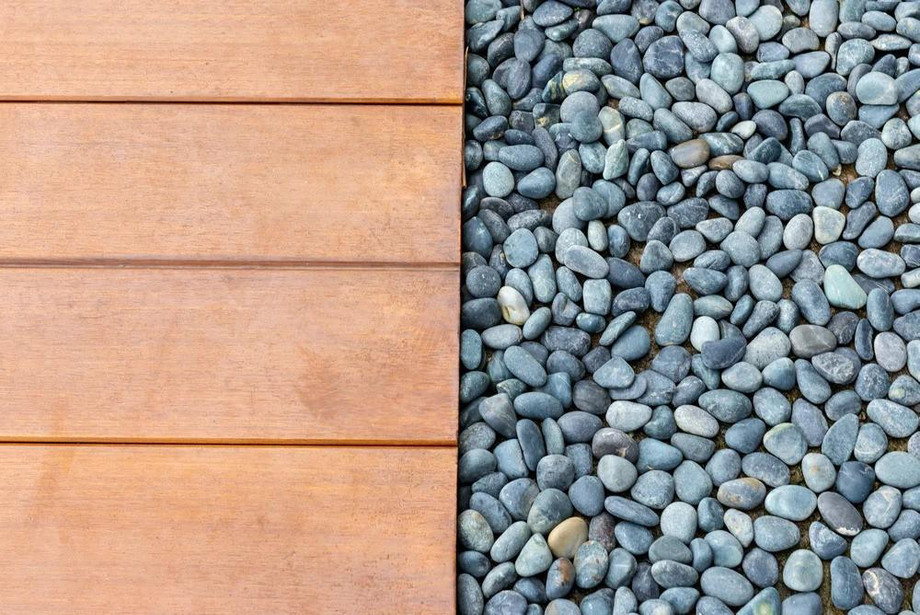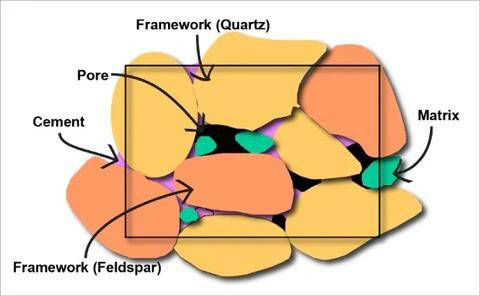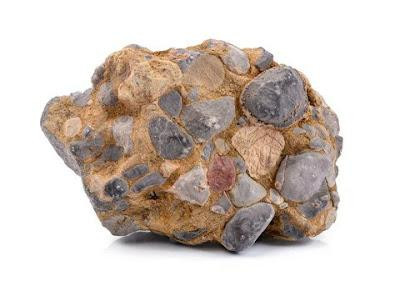In this knowledge-rich series of knowing rocks, we are going to know Conglomerate rocks, which are kind of sedimentary rocks and have some commercial values in different industries, particularly in construction businesses.
What Type of Rock Is Conglomerate
In geology, a conglomerate considers as a Clastic Rock. Here, clastic derived from the Clasts. The gravel-size pebbles, which are greater than 2 mm in diameter termed Clasts.
When the Matrix made of sand, silt, and clay particles and filled the gaps between clasts and also glues the clasts’ objects together, the formation of conglomerate takes place.
What Is Conglomerate Made Of?
The composition of conglomerate rocks have two major components:
Clasts:
In conglomerate rocks, the main framework grains are clasts, and those are always rounded or semi-rounded in shapes. [If clasts in a sedimentary rock have sharp corners, it is known as Breccia.] If a mixture of both kinds of clasts occurs in sedimentary rock, it refers to Breccia—Conglomerate Rock.
- Rounded clasts may be mineral particles including Feldspar or Quartz.
- The clasts may be fragments of Metamorphic or Igneous rocks.
- The most common rocks forming clasts are
- Quartzite
- Sandstone
- Limestone
- Granite
- Basalt
- Gneiss
Matrix:
The following components are forming a matrix of the conglomerate rocks.
· Sand
· Silt
· Clay/mud
· Chemical cement
Cementing chemicals like NaCl and CaO bind the clasts together.
Conglomerate Classification According to Percentage of Cement
Paraconglomerate
It is a matrix-supported type of conglomerate rock. When the percentage of the matrix in the rock is at least 15% and more, it terms as matrix supported.
This type of rocks is further classified into laminated (Cemented Clasts) & non-laminated. Tillites & Tilloids are respective examples of both.
Orthoconglomerate
On the contrary, these types of rocks have less than 15% matrix, and mass is dominated with clasts. Therefore, its terms as a clasts-supported conglomerate
Conglomerate Classification Based on Resistance
Petromict Conglomerate
Many natural stones have less withstanding capacities against weathering than others. When such clasts are present in conglomerate rocks those term as Petromict. Limestone, dolomite, shale, and similar stone clasts have low resistance power.
Oligomict Conglomerate
On the contrary, some clasts have high-resistance capacities and withstand against natural erosion and weathering impacts. For instance, quartz, chert, basalt, and others. When such clasts exist in the rock, those are term as Oligomict conglomerates.



